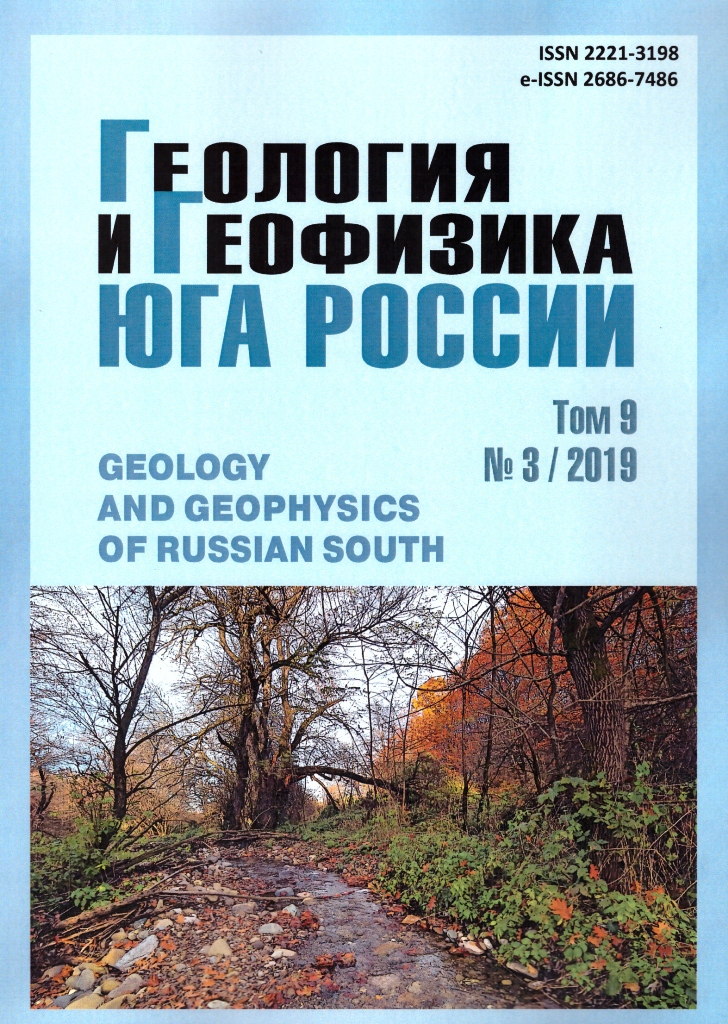Interaction of Natural and Technical Systems in the Subsoil Development Areas
Keywords:
ore, development, stress, strain, strain gauge, leveling, quality, safety
Abstract
Mining activities are carried out with a high degree of risk. The problem of managing the state of the massif is especially relevant in the conditions of a mountainous region with idle workings, funnel dips and dumps of rocks and tailings in terraced areas and in river valleys. It is especially relevant in the conditions of the North Ossetia region with idle workings, funnel dips and dumps of rocks and tailings in terraced areas and in river valleys. An increase in the depth of mining and volumes of raw material excavation in seismically active areas reinforce the static and dynamic effects on geomechanical systems. One of the methods for studying the dynamics of stresses in an array is measurements using strain gauge sensors. At one of the fields, a metering strain gauge station was equipped. The obtained stress diagrams around the working served as the basis for assessing the behavior of the array. It was established that the change in the state of the lining, depending on the phase of development of the treatment works, is subject to regularities. While the ore body within the block behaves like a beam pinched in the hanging and lying sides, the stresses are distributed evenly. After segments of the ore body from the side of the hanging side, the load on the upper support element from the side of the treatment works increases. One of the areas of technology improvement is the use of the phenomenon of jamming of discrete rocks, which often allows you to provide the opportunity to develop deposits with environmental and economic effects while ensuring the safety of mining. The efficiency of using rock structures consists of saving labor and materials on managing the state of rock masses during underground work. Optimization of the effect of stresses in the zone of interaction between treatment and preparatory workings reduces ore dilution by rocks and reduces the risk of injury to workers using exfoliated rocks. In underground mining of rocky complex structural metal deposits in the interaction zone of mine workings, the magnitude and sign of stresses in time and space can be predicted with sufficient detail for operational control. Consideration of geomechanical factors when mining such sites allows you to adjust the development parameters to obtain the economic effect of improving the quality of ore mined and reducing the risk to workers.
Published
2019-10-25
Section
Articles


